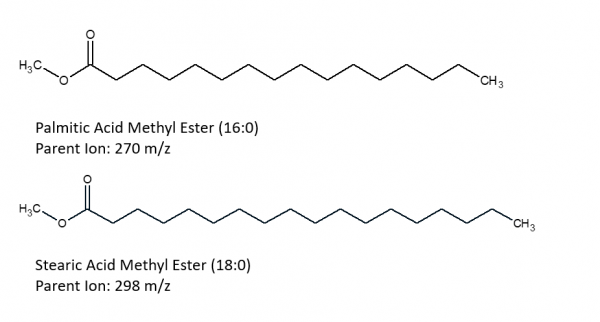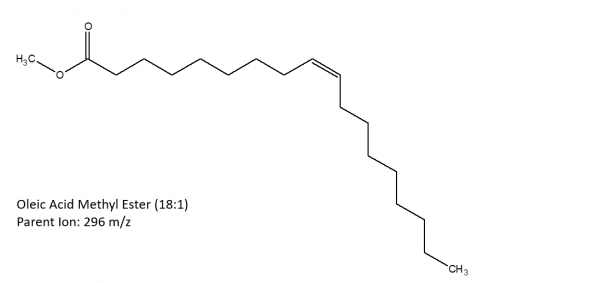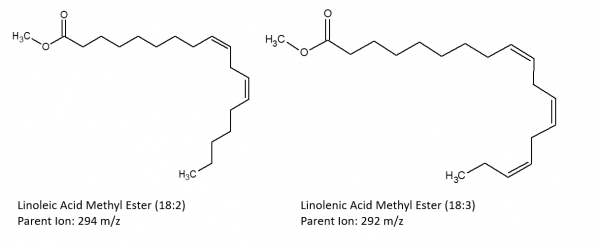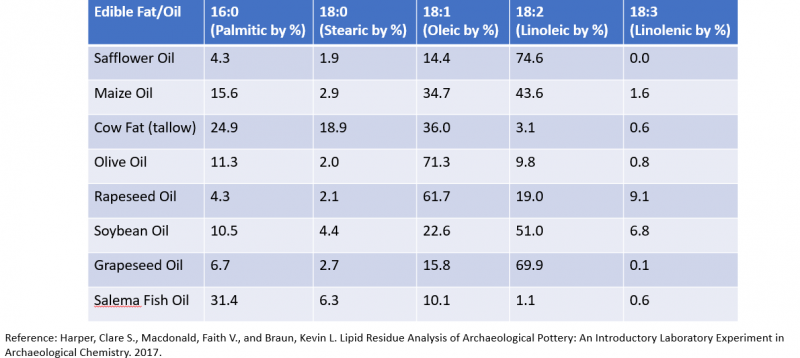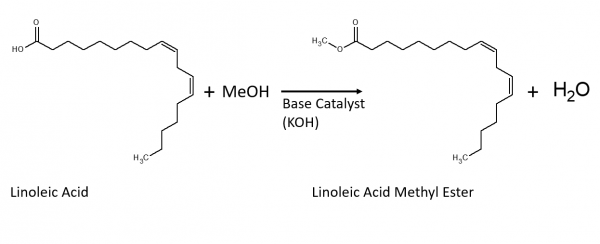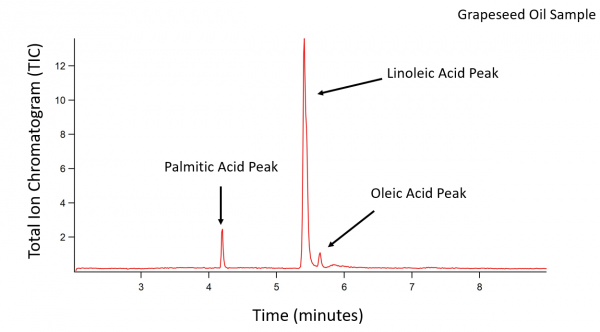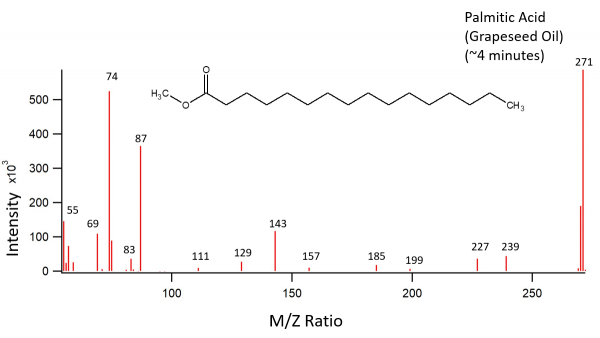Difference between revisions of "Fatty Acid Methyl Esters"
Jump to navigation
Jump to search
| Line 43: | Line 43: | ||
==References== | ==References== | ||
| − | Lipid Residue Analysis of Archaeological Pottery: An Introductory Laboratory Experiment in Archaeological Chemistry | + | [[:File:Lipid Residue Analysis.pdf|Lipid Residue Analysis of Archaeological Pottery: An Introductory Laboratory Experiment in Archaeological Chemistry |
Clare S. Harper, Faith V. Macdonald, and Kevin L. Braun | Clare S. Harper, Faith V. Macdonald, and Kevin L. Braun | ||
Journal of Chemical Education 2017 94 (9), 1309-1313 | Journal of Chemical Education 2017 94 (9), 1309-1313 | ||
| − | DOI: 10.1021/acs.jchemed.7b00225 | + | DOI: 10.1021/acs.jchemed.7b00225]] |
Revision as of 01:32, 16 April 2021
Background Information
Significance of Fatty Acid Methyl Esters
Transesterification
Image . This reaction is known as transesterification. The methyl from the methanol group is added to the carboxylic acid of the fatty acid to create a fatty acid methyl ester.
Sample Preparation
- Combined 200 ul of the sample with 40 ul of anhydrous methanol into a microcentrifuge tube
- Added 4.3 ul of 5 M KOH to the top methanol layer (catalyst)
- Sonicated the tubes in an ultrasonic bath for 30 minutes
- Added 200 ul of 0.1 M acetic acid (neutralize the base catalyst)
- Centrifuged the solution at 6,000 rpm for 5 minutes
- Transferred 40 ul of the top layer to a GC vial and diluted with pentane
